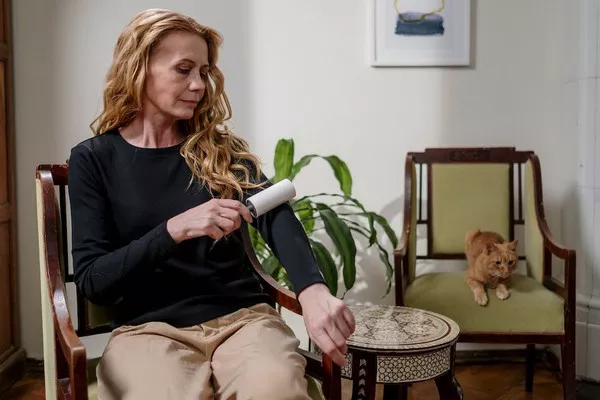Gender Disparity in Health Savings Balances: Women’s Savings Lag Men’s Despite Longer Life Expectancy
Despite women’s longer life expectancy and the likelihood of incurring more healthcare expenses throughout their lives, a recent report by Bank of America (BoFA) reveals that women’s health savings account (HSA) balances lag behind men’s by approximately 15%, on average, across generations.
The key findings of the study include:
Gender Disparity: The report indicates that women’s HSA balances are, on average, 15% lower than men’s, spanning various generations.
Healthcare Expenses: Women tend to utilize a more significant portion of their HSA funds for healthcare expenses, resulting in an average net savings of $512 for women compared to $640 for men.
HSA Utilization: An HSA can potentially cover up to 95% of retirement healthcare costs when fully utilized. However, the report reveals that only 8% of account holders maximize their contributions.
Moreover, it’s worth noting that healthy women face retirement healthcare insurance premiums that are nearly $200,000 higher than those of healthy men, as per estimates. The report also highlights that more women are inclined to make withdrawals from their HSA accounts, with 67% taking distributions compared to 64% of men.
The report draws from data on the 566,000 HSA accounts administered by Bank of America. It underscores that both men and women are actively utilizing these accounts, with 72% of men and 70% of women account holders making contributions.
Growing Adoption of HSA Accounts with Few Maximizing Contributions and Making Investments
HSA adoption has shown significant growth, expanding by approximately 24% over the past 16 years. Since their introduction in 2003, 35.5 million employees have initiated HSA accounts. Similar to 401(k)s, employees can contribute to HSAs through payroll deductions. However, the report reveals that fewer than one in five participants meet the criteria to maintain an investment account.
Estimates further emphasize that a typical 65-year-old couple retiring in 2021 required nearly $296,000 to cover out-of-pocket healthcare costs during retirement. The BoFA report suggests that a 45-year-old couple, making the maximum allowable contributions until age 65, could potentially cover up to $281,975 in out-of-pocket expenses, equivalent to approximately 95% of the total. Additionally, they would benefit from $57,730 in tax savings resulting from their contributions.
The report underscores the importance of addressing gender disparities in HSA savings and maximizing the potential benefits of these accounts to alleviate the growing financial burden of healthcare expenses in retirement.


